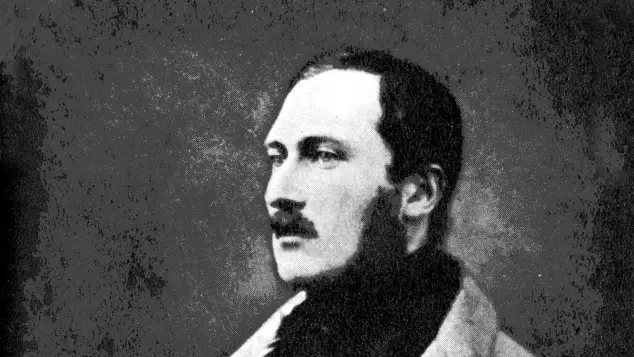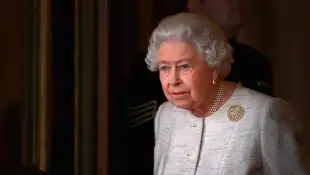Though the first experiments in photography occurred in the 1820s, the birth of photography is usually dated to 1839. That year, the daguerreotype photographic process was introduced by Louis Daguerre, which led to the opening of studios across Europe shortly thereafter.
Queen Victoria had just begun her reign in 1837, and as it turns out, her husband, Prince Albert, visited a studio in Brighton, England, in 1842. His sessions produced the earliest known (and surviving) photographs of a British royal family member.
RELATED: Find Out Why Today Is a Very Sad Day for Queen Elizabeth II
Prince Albert: The first royal photographs in 1842
The Royal Collection Trust notes that the above daguerreotype was taken during Prince Albert's second visit to photographer William Constable's studio in March 1842. Born in 1819, the Prince would have been 22-years-old at the time.
"Whilst significantly faded, the daguerreotype portrait presents an unmistakable likeness of the Prince and is the first known photograph to have survived of a member of the British royal family," the RCT states.
Several others from 1842 were also produced of Albert, Prince Consort.
RELATED: Queen Elizabeth II - Her Life in Pictures
Queen Victoria's first photograph
Daguerreotypes were created on a silvered surface and typically kept under glass in a frame. Subjects were required to pose for as briefly as a few seconds, but also, in some cases, upwards of 10 minutes because the exposure time was slow (by today's standards).
The RCT adds that, on March 6, 1842, Queen Victoria wrote approvingly of her husband's portraits in her journal: "Saw the photographs which are quite good," she noted.
The earliest known photograph of the Queen, meanwhile, is estimated to have been taken in 1844 or 1845. In it, she poses with her daughter, Victoria, Princess Royal.








